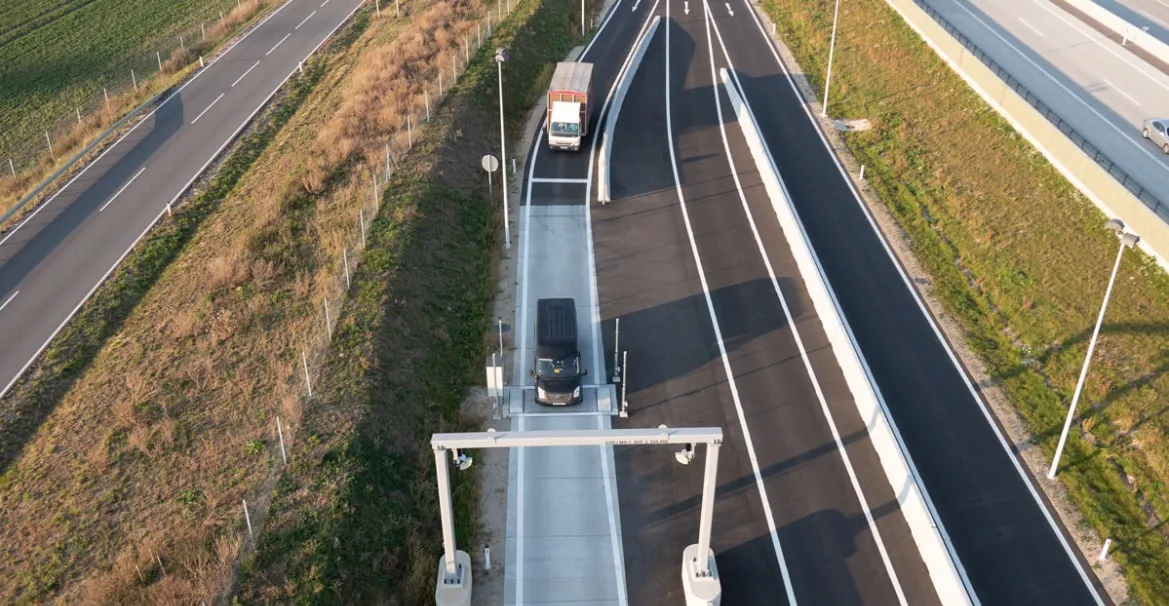
The company explains KiTraffic Digital incorporates multiple quartz crystals that independently deliver data via a digital interface. The digital measuring signal permits individual calibration of each quartz crystal and is expected to prevent signal interference on the transmission path. Algorithms work with measurement signals to calculate the wheel, axle and total weight of each vehicle.
According to Kistler, the sensor delivers reliable results when the vehicle being measured is about to overtake and is driving diagonally over the WiM sensor arrangement, while users can also monitor any number of lanes. KiTraffic Digital records information on tyre condition without the need for additional hardware and even removes the need for induction loops for vehicle detection, the company adds. The system can be integrated into third-party traffic monitoring systems.










